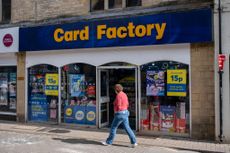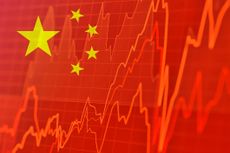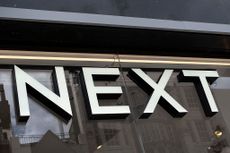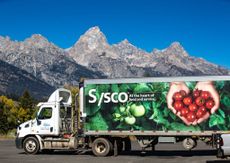Retail Stocks
The latest news, updates and opinions on Retail Stocks from the expert team here at MoneyWeek
-

The reinvention of the high street – and how to invest
The high street brands that can make shopping and leisure an enjoyable experience will thrive, says Maryam Cockar
By Maryam Cockar Published
-

The top funds and stocks to buy according to DIY investors
New data on the top funds, stocks and trusts reveals interest in money market funds has heightened in a bid to reduce risk amid market volatility
By Kalpana Fitzpatrick Last updated
-

Defeat into victory: the key to Simon Wolfson's success
Opinion Next CEO Simon Wolfson claims he owes his success to a book on military strategy in World War II. What lessons does it hold, and how did he apply them to Next?
By Max King Published
Opinion -

LVMH is set to prosper as the wealthy start shopping again
After two years of uncertainty, the outlook for LVMH is starting to improve. Is now a good time to add the luxury-goods purveyor to your portfolio?
By Rupert Hargreaves Published
-

Card Factory is a stand-out small-cap going cheap
In a digital world, we still value the personal touch. That’s good news for Card Factory, whose unique business model is suited to weather all economic storms
By Jamie Ward Published
-

Last orders: can UK pubs be saved?
Pubs in Britain are closing at the rate of one a day, continuing and accelerating a long-term downward trend. Why? And can anything be done to save them?
By Simon Wilson Published
-

Investors have overlooked some of China’s best growth stocks
Opinion Dale Nicholls, portfolio manager, Fidelity China Special Situations, highlights three Chinese businesses where he’d put his money
By Dale Nicholls Published
Opinion -

How Next positioned itself as a British high-street staple
Next rose from a near-death experience and now thrives as a high-street staple. What's driving its success – and should you invest in the retailer?
By Jamie Ward Published
-

Sizzling sales at Sysco – should you invest?
The American food distribution group Sysco is expanding rapidly worldwide and is still reasonably valued
By Dr Matthew Partridge Published
